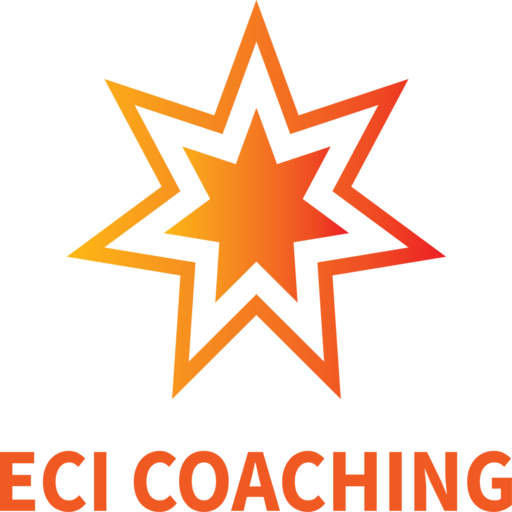Coaching Models for Leadership Development

Strategic use of coaching models ensures that time with clients is structured, focused, and productive, keeping every conversation aligned with their ultimate goals. By mastering diverse frameworks and selecting the optimal one for each individual, coaches can lead sessions that effectively address client needs, maximize engagement, and drive meaningful, measurable growth.
Understanding What Coaching Models Are
A coaching model is a structured framework designed to help keep coaching sessions goal-oriented. It provides a clear roadmap for both coach and client, helping to clarify objectives, explore possibilities, and commit to actionable steps.
Why Coaching Models Are Beneficial
Integrating structured coaching models into client sessions offers distinct professional advantages:
- Improved Client Progress Tracking: Coaching models establish measurable milestones, enabling clients and coaches to track growth over time. This helps coaches maintain the client’s motivation and ensures each session builds toward the overall goal.
- Increased Coaching Efficiency: A clear framework makes leadership coaching sessions more focused and productive. Coaches save time while delivering high-impact guidance, and clients feel the sessions are structured and purposeful.
- Enhanced Accountability & Goal Achievement: Coaching models encourage clients to take ownership of their progress. By setting clear steps and commitments, clients are more likely to follow through and achieve meaningful outcomes.
- Better Engagement & Retention: Clients respond positively to structured, goal-oriented sessions, leading to higher satisfaction, stronger relationships, and more referrals.
Different Types of Coaching Models
1. GROW Model
The GROW model is one of the most widely used coaching frameworks due to its clarity and practicality. It helps translate broad ambitions into specific, measurable actions, keeping sessions focused, results-driven, and aligned with real workplace outcomes.
Key Steps:
- Goal: Define what the client wants to achieve.
- Reality: Examine the current situation and obstacles.
- Options: Explore possible strategies and solutions.
- Will: Determine the actions to take and the required commitment level.
2. OSKAR Model
With a strengths-based, solution-focused approach, the OSKAR model directs attention to what’s working and how to build on those successes rather than on the problem. By shifting attention from problems to possibilities, this model promotes confidence, motivation, and consistent improvement.
Key Steps:
- Outcome: Define the desired result.
- Scaling: Assess progress on a scale.
- Know-how: Identify existing skills and resources.
- Action: Agree on steps to move forward.
- Review: Reflect on learning and next steps.
3. CLEAR Model
The CLEAR model promotes deep listening and reflection to uncover the root causes of challenges before moving toward solutions. With this framework, coaches create a safe and open environment where clients can gain self-awareness and discover new perspectives that support personal and professional growth.
Key Steps:
- Contracting: Agree on session goals and responsibilities.
- Listening: Understand the client’s perspective fully.
- Exploring: Identify underlying issues and possibilities.
- Action: Plan specific steps forward.
- Review: Evaluate results and reflect on learning.
4. STEPPA Model
Integrating emotional awareness into the coaching process, the STEPPA model helps clients understand how their emotions and perceptions influence decisions and behaviors. This, in turn, allows them to manage challenges more effectively and build greater resilience.
Key Steps:
- Subject: Identify the issue or goal.
- Target: Clarify the desired outcome.
- Emotion: Explore emotional responses and triggers.
- Perception: Challenge limiting beliefs or assumptions.
- Plan: Develop a strategic plan.
- Act: Implement the plan.
5. FUEL Model
The FUEL model provides a structured yet flexible conversation framework that promotes clarity, curiosity, and collaboration. It helps coaches guide clients toward actionable insights, ensuring every session ends with clear direction and commitment.
Key Steps:
- Frame: Set the session context and objectives.
- Understand: Gain insight into the client’s current situation.
- Explore: Discuss options, solutions, and possibilities.
- Layout: Agree on next steps and accountability.
Learn More About How to Be an Effective Coach with ECI Coaching

Selecting the right coaching model is key to successfully leading coaching sessions with clients. By experimenting with different frameworks, coaches can identify which approach best fits each client’s goals, personality, and context, ensuring sessions are both impactful and personalized. To strengthen your ability to conduct goal-oriented coaching sessions, consider enrolling in Professional Coach Training or Leadership Coach Training Programs.
At ECI Coaching, our Professional Coach Training or Leadership Coach Training Programs provide a solid foundation in coaching fundamentals. This WSQ coaching course is also complemented by hands-on practice and exposure to a variety of leadership coaching models. Whether your goal is to become a certified corporate coach or to enhance your leadership capabilities, our program equips you with the skills to apply proven coaching frameworks confidently and effectively.
You’ll learn how to select, integrate, and adapt different coaching models to suit your client’s unique needs, developing the agility to use the right approach at the right time. This helps you drive meaningful, lasting change in both corporate and personal coaching settings.
Learn more about being an effective coach with our insights into the skills you need to be a good coach and how you can measure coaching effectiveness in the workplace.

